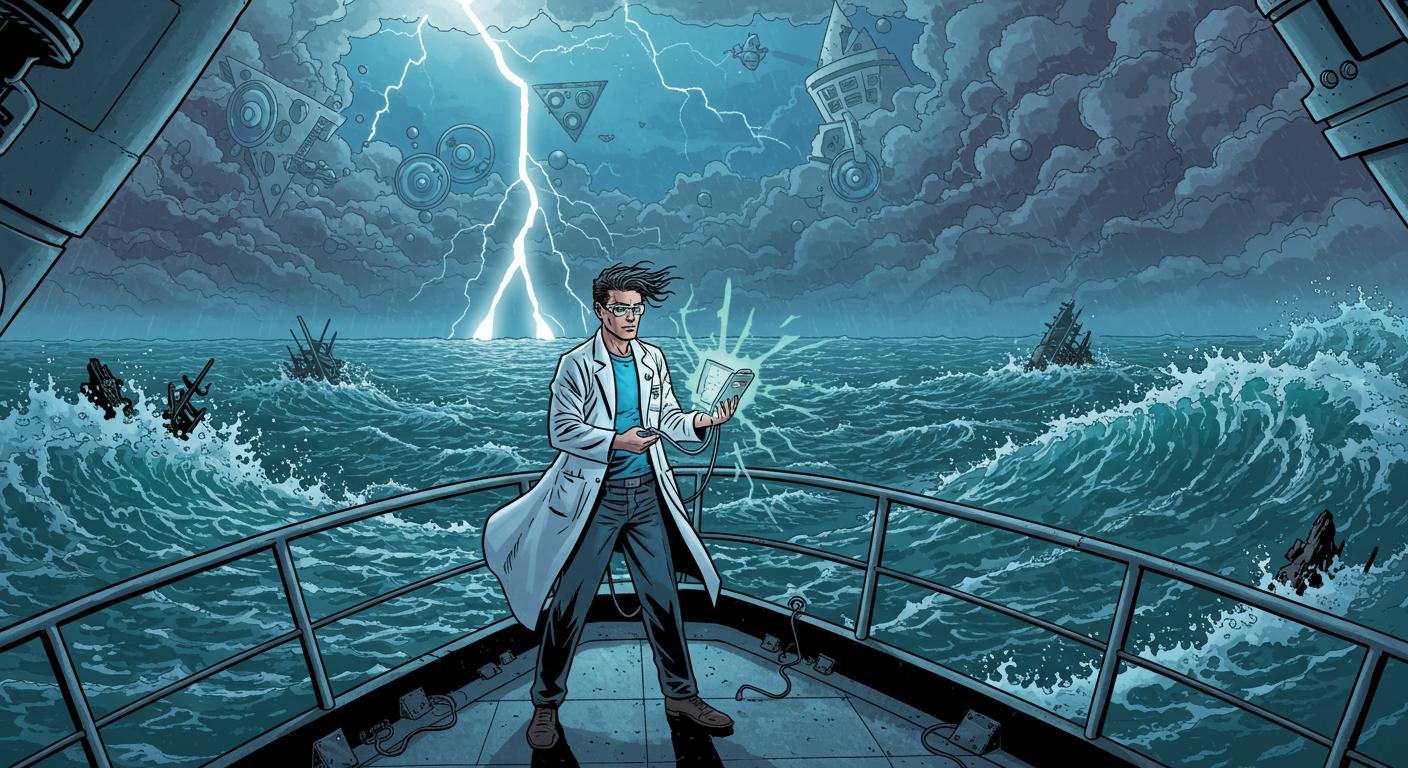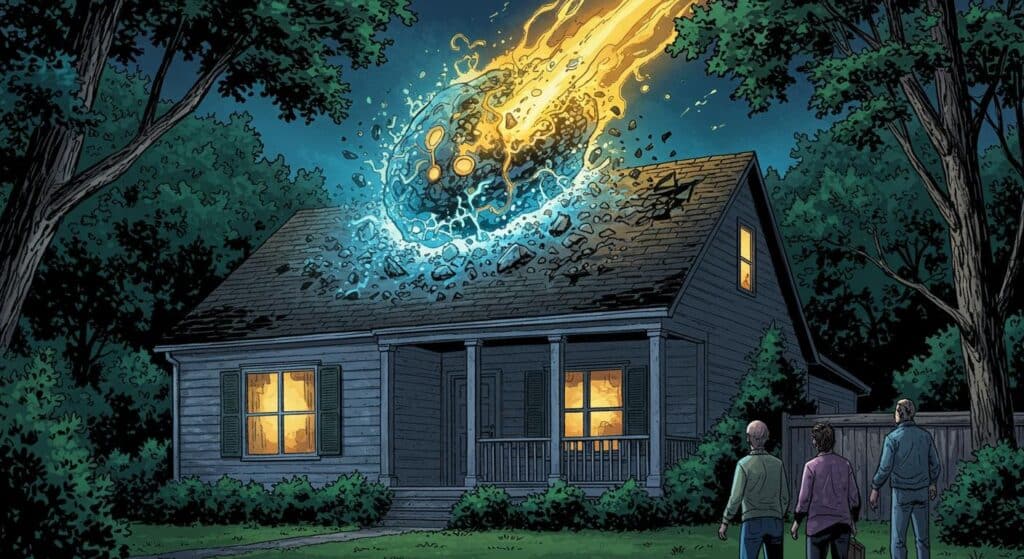If you feel a slight pang of disappointment reading that headline, trust me—you’re not alone. The Bermuda Triangle has always occupied the sort of pop-culture real estate reserved for unsolved puzzles, Bigfoot, and why printer ink costs more than the printer. But according to reporting in Popular Mechanics, it seems the secret behind this infamous stretch of ocean isn’t eldritch forces or alien abductions. It’s… well, math. Probability. And maybe a dash of weather and questionable navigation.
The Bermuda Triangle: More “Meh” Than “Mystery”?
For decades, the area loosely boxed in by Florida, Bermuda, and the Greater Antilles has provided the perfect canvas for every kind of maritime fever dream: vanishing ships, lost aircraft, and, depending on which History Channel documentary you catch at 2 a.m., an Atlantis cameo for good measure. The list of disappearances—over 50 ships and about 20 planes in the past hundred years, as detailed by Popular Mechanics—reads like a combination of real tragedy and choose-your-own-adventure fodder.
But here’s the anticlimactic twist. Australian scientist Karl Kruszelnicki, whose position is outlined throughout the Popular Mechanics article, stands firmly in the camp of “there’s nothing to see here, folks.” He’s not going it alone—National Oceanic and Atmospheric Administration (NOAA) and Lloyd’s of London have also arrived at essentially the same conclusion. Rather than mysterious forces, Kruszelnicki suggests, it all comes down to the law of averages: given the volume of traffic in that patch of ocean, the rate of disappearance is spectacularly normal. In a conversation quoted by The Independent and relayed in Popular Mechanics, Kruszelnicki points out that the proportion of ships and planes lost in the Bermuda Triangle is on par with other well-trafficked waters worldwide.
Popular Mechanics documents that since the 1970s, Lloyd’s of London has maintained this position, and both the U.S. Coast Guard and NOAA have consistently stated there’s nothing uniquely perilous about the region. In a statement from NOAA, cited in the article, “There is no evidence that mysterious disappearances occur with any greater frequency in the Bermuda Triangle than in any other large, well-traveled area of the ocean.”
Visibility, Visibility, Visibility
So, if the Triangle doesn’t secretly house its own flock of sea monsters, what keeps the myth thriving? According to details referenced in Popular Mechanics, environmental conditions make the region genuinely tricky to travel—the Gulf Stream is notorious for sudden, violent changes in weather, while the Caribbean’s maze of islands challenges even experienced navigators. Adding another layer, NOAA adds that magnetic compasses within the Triangle can occasionally point to true north instead of magnetic north, potentially feeding confusion.
The magazine underscores that even infamous moments—like the disappearance of Flight 19—tend to unravel under close scrutiny. Kruszelnicki notes that these high-profile incidents typically involve some blend of poor weather and human error. The article sums up the position of officials and organizations, explaining that the U.S. Navy and Coast Guard, based on extensive experience, see no supernatural involvement: rather, it’s the countless quirks of nature and the inevitability of human mistakes that have given rise to the Bermuda Triangle’s larger-than-life reputation.
But What About the Sea Monsters?
Let’s be honest: “Probability and pilot error” doesn’t exactly quicken the pulse. As detailed by Popular Mechanics, it’s far easier to sell the idea of malicious sea creatures or an angry Atlantis to a public raised on pulp fiction and cable reruns than to convince anyone the real culprit is just statistics. The magazine highlights how these more thrilling explanations have fueled books, TV specials, and movies, giving the myth a life of its own.
At the same time, isn’t it odd how culture clings to the most flamboyant explanations, ignoring data that has remained unchanged for decades? Perhaps there’s some comfort—even a dash of magic—in refusing to accept that a storied mystery can be explained by bad weather, navigational mix-ups, and, ultimately, the mundane roll of the dice.
Summary: Statistical Waters Run Deep
So, is the Bermuda Triangle solved? The consensus—as thoroughly chronicled by Popular Mechanics, bringing together the perspectives of Kruszelnicki, NOAA, Lloyd’s of London, and the Coast Guard—suggests: yes. At least, so far as the math is concerned. One of the world’s most enduring maritime mysteries appears to evaporate in the face of simple probability, environmental risk, and human error.
Yet the myth persists, tucked safely away in cultural memory. Do we secretly want our Bermuda Triangle filled with sea monsters and lost civilizations? Or, does its power lie not in what’s hidden beneath the waves, but in our yearning for the world to keep a few secrets unsolved?
Maybe, in the end, the strangest thing about the Bermuda Triangle isn’t what happens there—but why, despite all the evidence, we’d rather it remain mysterious.







